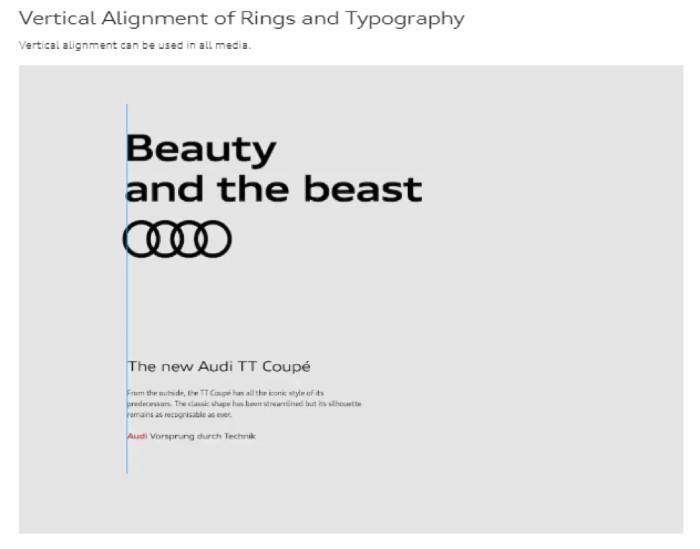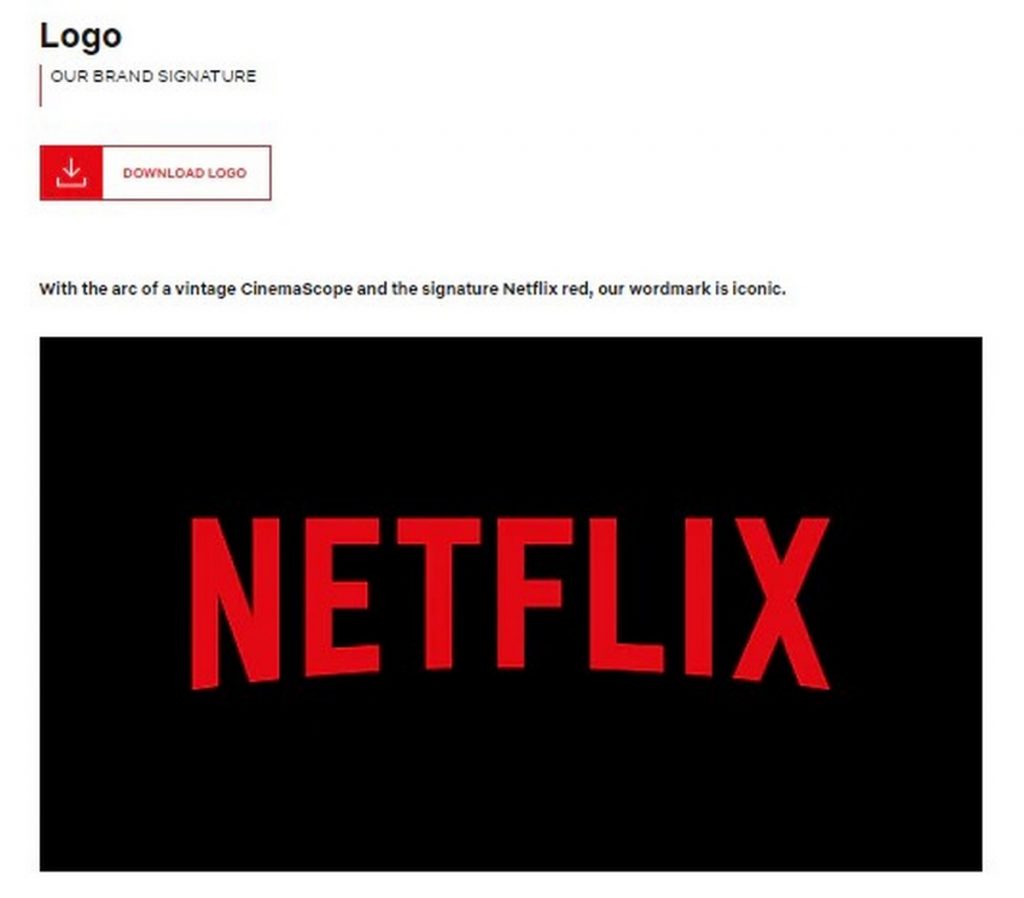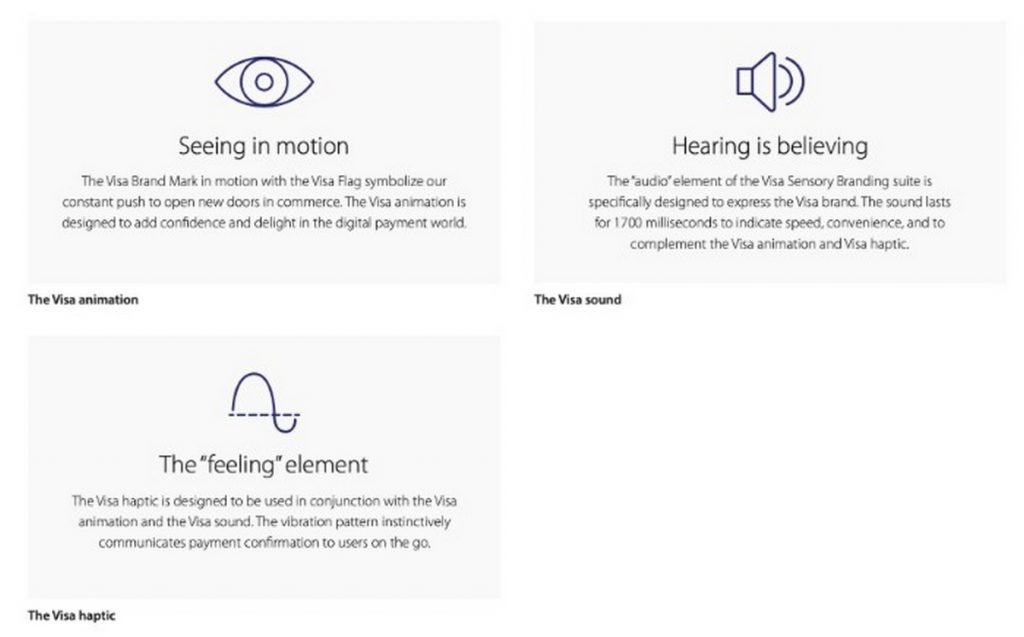Table of Contents
What are Brand Guidelines?
Brand guidelines are an essential part of brand management. They provide a framework for how your brand should be expressed regarding design elements and tone of voice. The brand guidelines define the brand identity, describing how everything from the logo to printed materials should look and sound.
All employees must understand brand guidelines to represent the brand’s perception in any situation accurately. Establishing brand consistency helps ensure your organization conveys a clear message to customers and stakeholders.
Having brand guidelines ensures your brand maintains its integrity by adhering to design standards and using consistent language across all communications. Brand consistency strengthens customer trust and loyalty, increasing brand awareness and recognition.
Definition
Brand guidelines are defined as rules governing how a brand is portrayed to the public, including its logo and all other elements related to its identity. They guide how to use the brand’s visual elements, such as logos, fonts, and color palettes.
Businesses that create their brand guidelines benefit from having a consistent and repeatable visual identity. It helps to communicate their brand personality that customers recognize and builds trust in the consumer base.
To create practical brand guidelines, a few things should be kept in mind. First, it’s essential to understand the brand’s personality and how it relates to its visual identity. This helps in creating a unique look for the company that reflects its values and mission.
Why are Strong Brand Guidelines important?
Brand guidelines are essential for creating brand consistency. They help maintain brand integrity and ensure that your brand is perceived the same way across all media platforms, both online and offline. Establishing brand consistency helps strengthen customer trust and loyalty which can lead to increased brand awareness and brand recognition.
Having brand guidelines also makes it easier for employees to represent the brand’s perception in any situation accurately. Brand guidelines give employees a clear understanding of how the brand should be portrayed, from design elements to tone of voice. Some of the reasons why companies should have their own brand guidelines are-
1. Creates Brand Consistency
Brand guidelines help create brand consistency by ensuring that all brand communications align with the brand’s core values. This helps reinforce brand identity, creating a solid and recognizable brand image.
2. Sets Standards and Rules
Brand guidelines set standards and rules for how a brand should be presented, from design elements to tone of voice. This helps ensure brand integrity, as it ensures the brand is portrayed in the same way across all media platforms.
3. Provides Tools
Brand guidelines help make brand communication more accessible and efficient. They also give employees a better understanding of accurately representing the brand.
4. Avoids Confusion
Brand guidelines help to avoid confusion and keep brand communication clear, consistent and unified. This helps create brand loyalty as customers know exactly what they can expect from the brand.
Elements of a Brand Style Guide
To create effective brand guidelines, the following elements should be included
- Mission Statement – This statement embodies the brand’s purpose and values. It should be clear, concise, and accurately reflect the brand’s identity
- Buyer Persona – This is an ideal customer profile that outlines who your target audience is. It includes demographic information such as age, gender, education level, etc.
- Editorial Style Guide – This describes how content should be written for brand communications. It includes grammar, punctuation, spelling rules, and guidelines on the tone of voice and word usage.
- Color Palette – This sets out the brand’s color palette – from primary to accent colors – to ensure consistency across all brand communications.
- Typography – This sets out which fonts will be used for brand communications and the font sizes and styles.
- Logo Guidelines – This includes guidelines on how to use the brand’s logo, such as which colors to use and what size it should be.
- Brand Story – This story explains the brand’s origin, mission statement, values, and personality.
- Brand Voice – This outlines the brand’s tone of voice and how it should be used in content creation. It sets out how to convey brand messages across all platforms – from print to digital media.
- Image Guidelines – This sets standards for how images should be used in brand communications, including size, type (photo or illustration), subject matter, etc.
- Brand Attributes – These provide customers with a clear understanding of the brand’s values. They include things like trustworthiness and reliability, which help create brand loyalty.
- Benefits – These are the benefits customers receive when purchasing a brand’s products or services. This helps them understand why they should choose your brand over others.
- Core Values – These core beliefs underpin the brand’s mission and vision. They help to ensure brand consistency across all platforms and reinforce brand identity.
- Personality – This sets out what makes your brand unique and memorable. It is usually expressed in adjectives such as friendly, professional, etc., and it helps shape how customers perceive your brand.
- Brand Essence – This short phrase summarizes the brand’s core values, personality, and vision. It should be memorable and capture the brand’s purpose in short but powerful words.
How to create a Brand Style Guide?
A comprehensive brand guidelines template comprises the following steps
1. Collect brand guide inspiration
When creating your brand style guide, it’s helpful to look at brand guides created by other companies. Look for themes and elements that resonate with you, and use them as inspiration for your brand guide.
2. Clarify brand essence
Once you’ve collected some brand guide inspiration, take a step back and consider what makes your brand unique. What is the core message you want customers to remember? This will help define the key brand elements that need to be included in your guide.
3. Define essential brand elements
Consider which elements are most important for communicating the brand’s identity across all mediums – from web design to product packaging. Create a comprehensive list of these essential brand elements to address them in the brand guide.
4. Develop brand rules
Once you’ve identified the essential elements, create rules for how each element should be used when creating brand communications. These rules should be specific and clear, so everyone is on the same page regarding brand consistency.
5. Make a list of other brand collateral
Consider all the other brand collateral your style guide needs to cover, such as font selection, logo usage, color palettes, etc. This will help ensure that every content created adheres to brand guidelines.
6. Outline the guide
Now it’s time to put everything together in an outline format. Include sections for each brand element you have identified, and clearly state the brand rules within each section.
7. Plan for brand evolution
Lastly, consider how the brand will evolve. Make sure to create a plan for updating your brand guide as the brand matures and evolves. This will ensure that it stays relevant and up-to-date with current trends.
Tips for creating Brand Guidelines
To create brand guidelines, you need to follow these tips
1. Focus on brand perception
Your brand guidelines should focus on how customers perceive your brand rather than just what it looks like. Ensure that every brand element reinforces the brand’s core values and personality.
2. Keep it consistent
Consistency is key when creating brand guidelines. Make sure all brand elements are aligned with each other and support the brand’s core message.
3. Keep it simple
Don’t overload brand guidelines with too much information. Keep things concise and to the point, so that brand consistency can easily be achieved.
4. Be flexible
Allow for some flexibility when creating brand guidelines. This will allow creativity to flourish while still adhering to brand standards.
5. Start with your mission statement
It’s important to start your brand guidelines with the company mission statement. This should be the foundation of everything you do and will help drive brand consistency.
6. Provide branded templates
Creating brand templates for all key collateral pieces, such as PowerPoint presentations and business cards, is a great way to ensure brand consistency across all communication channels.
7. Think about social media
Social media is a powerful brand awareness vehicle, so don’t forget to include brand guidelines for each platform in your brand style guide. This will help ensure that all content created on these channels accurately reflects the brand.
Examples of Companies with effective Brand Guidelines
1. Audi
Audi’s brand guidelines focus on creating a solid brand identity and delivering a consistent brand message across all channels.
Brand guidelines are essential for any company, especially for a household like Audi. Because the brand is so widely distributed, there must be cohesion in how it is represented online.
Depending on where you see it, Audi’s branding standards vary. For example, they have different guidelines for their logo appearing in movies, corporate materials, or dealer buildings.
The company logo should be used by the even ratios and alignment rules that exist.
2. Urban Outfitters
Urban Outfitters brand guidelines focus on creating a fun, edgy brand that is true to the company’s roots. Urban Outfitters style guide is chock-full of visually creative, edgy designs and quirky product shots.
The retailer’s photography guidelines can be found under the “brand” tab and include a lot of information on how to take pictures that accurately reflect its logo and brand identity.
Urban Outfitters is constantly evolving to keep up with changing consumer preferences, and they don’t shy away from rebranding every few months.
Staying current is key for businesses, and one of the best ways to do that is by keeping your brand guidelines up-to-date. A company that does this well is Urban Outfitters; they refresh everything from their logo to their store environment. You can stay hip and relevant by taking cues from brands like theirs.
3. Netflix
Netflix’s brand guidelines focus on creating a bold and memorable brand that stands out from the crowd. Their brand guide sets the tone for everything from their logo and brand colors to the type of content they create.
Netflix also stresses the importance of consistency when it comes to brand guidelines. The company wants to ensure that everything from its brand logo to its voice is consistent across all channels.
Netflix’s logo and “N” icon have become well-recognized entities.
The company’s logo and symbol are its most recognized aspects, so it doesn’t bother with much else in its online brand guidelines.
Your brand guidelines must only be as comprehensive as your brand’s scope. Sometimes, the basics are all you need to keep things consistent.
4. Visa
Visa brand guidelines focus on creating a modern and futuristic brand identity. Their brand guide outlines how the brand should be represented, from its logo to brand colors.
Visa’s online presence is direct and unimposing, helping to represent the global payment brand. By focusing on UX and design details like color elements and logos, Visa has built an iconic image that resonates with users as both intelligent and trustworthy.
The sensory elements in this brand guideline are unique and captivating. In an online world, Visa pays close attention to the minutiae of its brand, such as sight, haptics, and sound.
A coherent physical identity is necessary for Visa payments to be accepted in thousands of apps. Sensory feedback could be important to your brand guidelines if you have an eCommerce or digital-only brand.
5. Google Marketing Platform
Google’s unification of its DoubleClick advertiser products and the Google Analytics 360 Suite under the Google Marketing Platform banner made it a trusted, professional, and insightful brand.
Not only did this make it easier to approach current customers, but new potential customers as well.
The company’s visual guide uses both simple and complex visuals to show off its brand in an easily digestible manner. With brand guidelines like these, businesses can create a brand identity that resonates with their target audiences.
From logo specs to brand colors to storytelling basics, Google Marketing Platform brand guidelines provide businesses with the tools they need to create a unique brand identity that accurately represents their brand values.
Conclusion
Brand guidelines are an essential tool for any business, large or small. They provide a consistent voice and look to your company’s communications, helping to build customer recognition and trust.
Taking the time to develop a comprehensive set of brand guidelines will pay dividends in terms of customer loyalty and engagement, as well as help to ensure that all of your marketing efforts are driving towards the same objectives. Your guidelines should be tailored to your business and regularly updated as your organization grows and evolves.
What do you think? Have you created brand guidelines for your company? How have they helped differentiate your business from competitors and build customer trust? Share your experiences in the comments section below.
Liked this post? Check out the complete series on Branding




